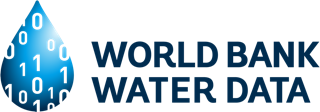The KALAHI-CIDSS program was set up in 2002 to alleviate rural poverty in the Philippines. It provides resources to poor rural municipalities to invest in public goods and by reviving local institutions to enhance people’s participation in governance. The project targeted the poorest 25 percent of municipalities in each of the poorest 42 provinces. The government of the Philippines committed $82 million to the project, which was complemented by a $100 million loan from the World Bank. As of December 2010, the project had covered 4,583 barangays (villages) in 200 municipalities and supported 5,645 subprojects, worth Php 5.7 billion and benefiting about 1.26 million households. The program's impact evaluation was designed in 2003 to evaluate general impacts on poverty reduction, social capital, empowerment, and governance. The team collected quantitative and qualitative data before, during, and after project implementation in a sample of KALAHI-CIDSS municipalities that received support ("treatment" municipalities) and from comparable municipalities that did not receive support ("control" municipalities). The quantitative baseline survey was carried out in September-October 2003, the quantitative midterm in October-November 2006 and the quantitative endline survey in February-March 2010. Data were collected on a broad range of indicators: service delivery (access to health, education), poverty (employment, per capita consumption, self-rated poverty), empowerment and governance (group membership, participation in barangay assemblies, collective action). The quantitative sample includes 2,400 households in 135 barangays in 16 municipalities in 4 provinces.


